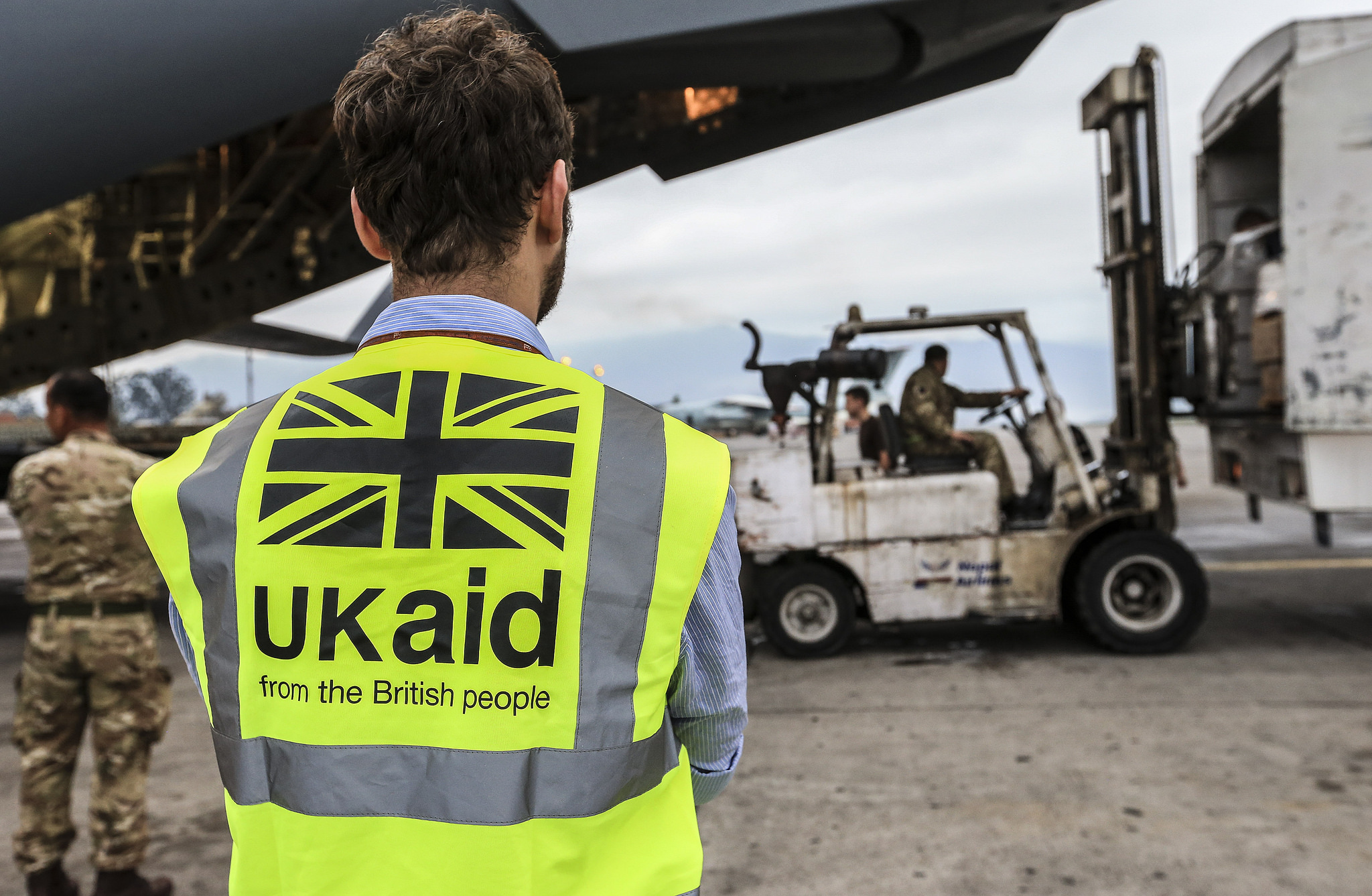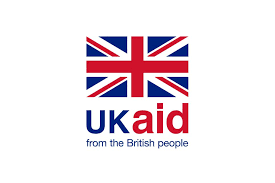

Guest post by Dominic Vickers, UK Donor Compliance Advisor (me neither) at Oxfam GB
ODA – Official Development Assistance. The clue is in the name; or maybe not. There is increasing concern that the UK government is raiding its aid budget to fund activity in the UK. A close examination of the latest statistics on government aid spending (for 2021) reveals the numerous financial sleights of hand it uses to do just that.
Here are some of the tricks of the UK’s dodgy trade:
1. Use the aid budget for all the costs of hosting refugees in the UK
ODA rules allow countries to count the costs of hosting refugees as ODA. However, unlike other countries, instead of taking those costs from reserves the U.K. government previously set aside to cover refugee costs, it has taken all the refugee costs from the aid budget itself. This has meant, according to the Development Minister Andrew Mitchell, the FCDO (Foreign Commonwealth and Development Office) having to make “fierce and draconian” cuts to the aid budget.
In fact, the UK government put so much of these costs down to ODA that more ODA was spent on hosting refugees in the UK (over £1bn) than on health (£970m, a drop of 39%), humanitarian aid (£743m, a drop of 51%) and education (£457m, a drop of 16%).
Update: Nearly one-third of 2022 UK aid spent on refugees at home, says watchdog
2. While you are at it, pop a bit in for their education and health

Most of the UK Refugee costs went to the Home Office, but it doesn’t end there. If you look carefully in the accounts you will see that on top of the £1bn to the Home Office, £247m went to the Education and Health Departments for estimated costs of schooling and health for refugees and asylum seekers. This leads to the depressing thought that officials have spent time guessing at these costs in order to divert more of the aid budget for UK expenditure.
3. Now how about funding Britain’s COP bill?
The total cost of the hosting the November 2021 Glasgow COP 27 was estimated at £250m Of that £21m was came from ODA, for the Cabinet Office including attendance by ODA-eligible delegates.
4. Now reduce it by the amount of gift aid paid out by the government
Money paid out elsewhere by the Treasury for example the repayment of gift aid to UK aid charities (£158m) or money paid in colonial pensions (£1m) goes to make up the total ODA.
5. Knock off the bits given in aid by the Scottish and Welsh governments (£33m) and £25m for BBC World Service.
6. What else could they try: eg claim ODA for loans and excess vaccines?
One of the problems with the DAC rules is that they are written by the donor countries. Euan Ritchie at Development Initiatives is doing a brilliant piece of work looking at the shocking behaviour of donor countries and ODA. Not only are donors claiming ODA on loans that on average make them money. They are also claiming ODA for donations of excess covid vaccines, and even charging them at higher prices than they bought them!
Why this all matters so much in the UK
This matters because the UK is unique in treating its 0.5% GNI target for ODA as a fixed ceiling, meaning that the more ODA is counted for other activities the less will be spent on genuine development and humanitarian spending.
Hang on a minute …INGOs do it too

Of course as a sector we are not entirely free of the temptation to hang on to funding. It is slightly different, but according to the Global Humanitarian Assistance Report 2022 a mere 1.2% of all humanitarian funding goes directly to local and national NGOs, despite them taking the lion’s share of the risk and often being better placed to deliver. Oxfam’s ambition to share indirect costs, to increase funding for local organisations and step aside to support direct partner funding are all steps to address that.
Chiselling away at the aid budget in this way harms those people who therefore fail to receive assistance, but it also harms the UK in at least two ways: firstly, when domestic departments see a ‘magic money tree’ they stop worrying about how they spend it. Surely, it can hardly be a coincidence that UK aid spending per refugee in the UK almost tripled from 2019-21, from £6,700 per capita to £21,700. That level of per capita spending exceeded any other OECD Development Assistance Committee (DAC) country during 2018–21 and was around three times the DAC average (£7,400). Second, frankly, it makes the UK look cheap, undermining the respect and soft power that might come with a more generous approach to helping those in need.